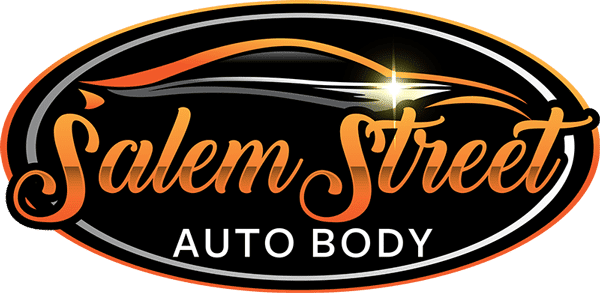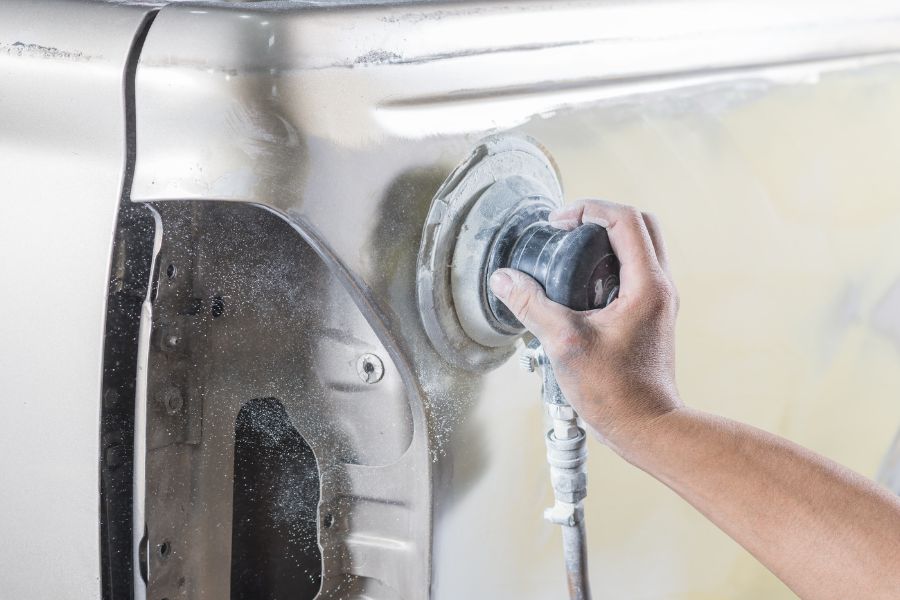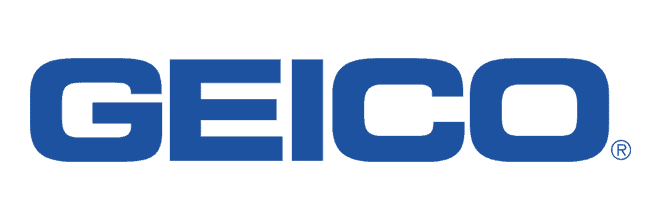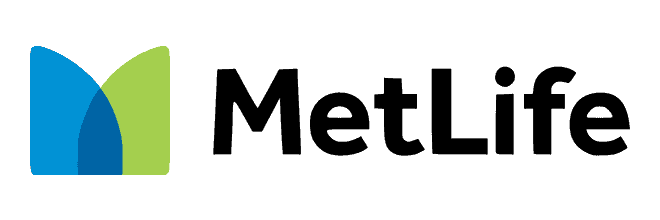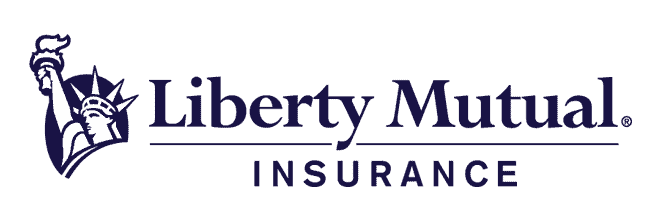Understanding The Collision Repair Process: A Step-by-step Guide To What Happens From The Moment Of Collision To The Final Coat Of Paint
Emergency Response (If Needed)
If the collision is severe, it’s essential to prioritize the safety and health of everyone involved. Call 911 or your local emergency services immediately if there are any injuries.
Document the Scene
Before vehicles are moved (unless they are causing a safety hazard), it’s a good idea to:
- Take pictures of the scene, damage to all vehicles, and any potential contributing factors.
- Gather witness contact information and statements.
- Exchange information with other drivers involved.
Notify Insurance
Notify your insurance company about the collision. They will provide you with instructions on how to proceed, including where to take your vehicle for an estimate.
Tow to a Collision Repair Shop (If Necessary)
If the vehicle isn’t drivable, it will need to be towed to a repair facility. Many insurance companies have agreements with certain repair shops.
Damage Assessment and Estimate
Once at the repair shop:
- A technician or estimator assesses the damage to your vehicle.
- They will provide you (and usually your insurance) with an estimate of the repairs.
Insurance Approval
After the estimate is submitted, your insurance company will review it. They might negotiate with the repair shop or approve the estimate as-is.
Ordering Parts
Once the estimate is approved, the collision center will order the necessary parts. This can vary in time depending on the availability.
Body and Structural Repairs
- Damaged parts are removed, and repairs begin.
- Any structural damage is addressed, ensuring the vehicle’s frame is straight and aligns with manufacturer standards.
Paint Preparation
- Repaired areas are primed.
- The vehicle is sanded, masked, and prepared for paint.
Painting
- The vehicle enters a paint booth where technicians match the paint using a computerized system.
- The car is painted and then clear-coated to protect the new paint and provide a glossy finish.
Reassembly and Systems Check
- The vehicle is reassembled, with parts like trims and moldings put back on.
- All vehicle systems (lights, sensors, etc.) are checked to ensure they are functional.
Detailing
The vehicle is cleaned inside and out, making it look as close to its pre-collision state as possible.
Final Inspection
The repair shop conducts a final inspection to ensure all repairs meet their standards and that the vehicle is safe to drive.
Pick-up
You’ll be notified that your vehicle is ready. When you arrive:
- Review the repairs with the technician.
- Settle any payments or paperwork with the repair shop and your insurance company.
Post-Repair Inspection (Optional)
For peace of mind, some individuals choose to get a post-repair inspection at a different facility to ensure all repairs were done correctly.
Throughout this process, it’s essential to maintain communication with both the repair shop and your insurance company to understand timelines, any changes to the repair estimates, and what is expected from you.
